Advertisement
Developed by the same team behind Bandai Namco’s Gundam series, Synduality: Echo of Ada is a third-person shooter merging survival extraction mechanics with colossal mech combat. As the studio’s first foray into the extraction shooter genre, it reimagines Escape from Tarkov through a sci-fi lens—players pilot "Cradle Coffin" mechs into a toxic, post-apocalyptic wasteland, risking permanent loss of gear to scavenge resources. The team’s experience with the God Eater series shines through in its apocalyptic setting and mechanical aesthetics.
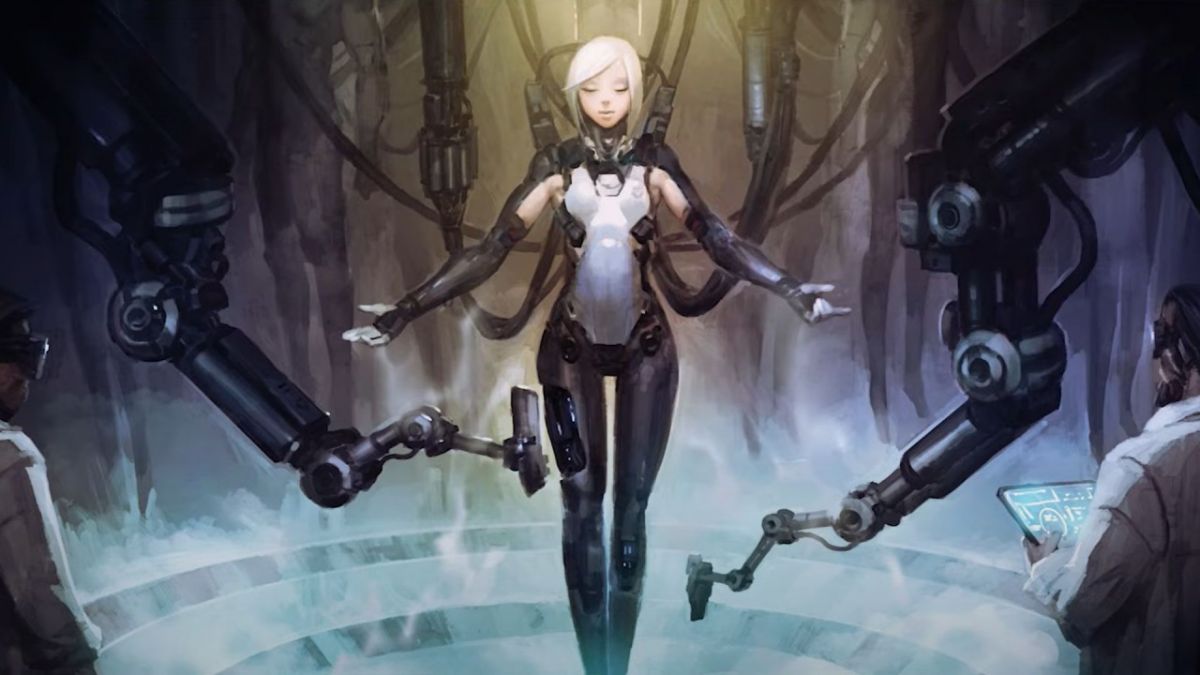
Set in a late-21st-century wasteland, the game’s premise revolves around humanity’s struggle against the "Blue Rain," a mutagenic downpour that transformed Earth’s surface into a hostile zone. Players assume the role of "Drifters," deploying Cradle Coffins to harvest energy crystals while relying on AI partners called "Paragons." The human-machine synergy is innovative: Paragons not only mark objectives and warn of threats but also enhance immersion through customizable appearances and interactive animations (e.g., bathing scenes). However, the design leans heavily into female-oriented aesthetics, with both playable Paragons and AI-controlled mechs overwhelmingly featuring feminine designs.
Cradle Coffins strike a balance between Armored Core’s agility and MechWarrior’s heft, excelling in tactical maneuvering despite limited vertical mobility. Modular weaponry allows loadout customization—from railguns to shotguns—while pre-mission resource management (e.g., ammo selection, insurance purchases) directly impacts survival odds.
Player encounters evoke Western showdowns: cautious standoffs often escalate into ambushes when high-value loot is detected. The game’s bounty system and insurance mechanics create a unique ecosystem: aggressive players become marked targets, while insurance mitigates losses but delays recovery.
Resource management forms the game’s second pillar. Scavenged materials expand base facilities, from repair stations to advanced workshops, with each upgrade yielding tangible benefits. However, the early-game grind is unforgiving: players repeat the same map for tens of hours to unlock new features. This monotony eases only after accessing the second map, where tougher enemies and high-stakes missions reinvigorate gameplay.
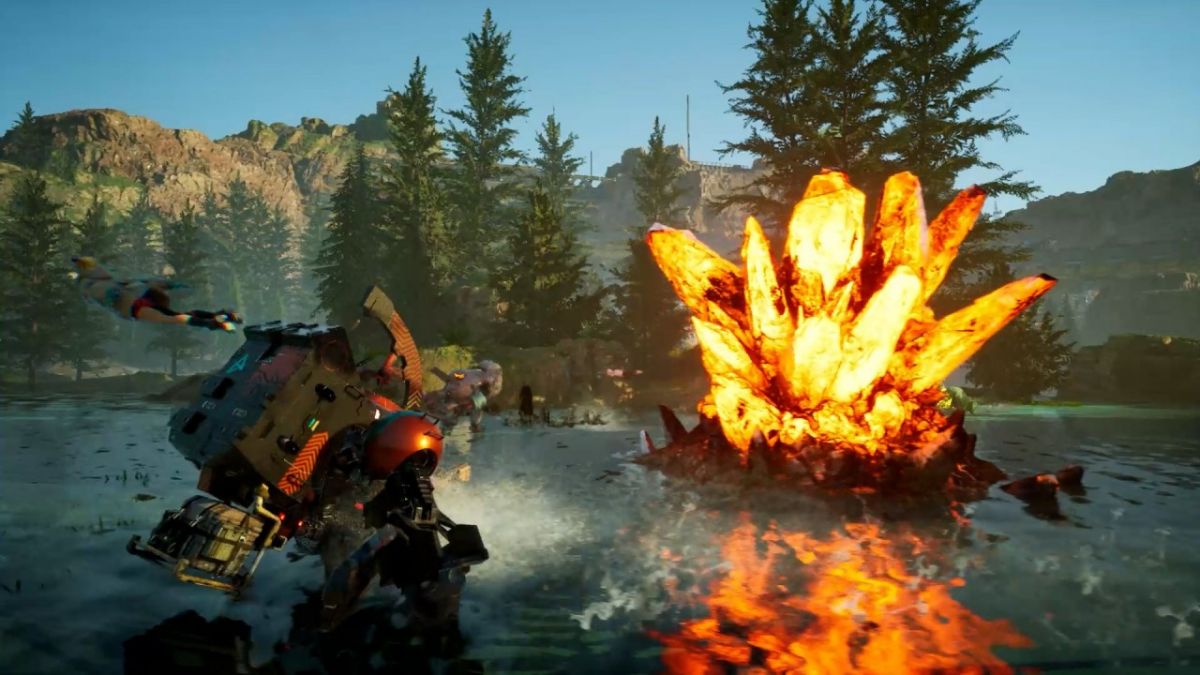
Strengths & Weaknesses
Core Advantages:
Extraction Tension: The risk of total loss creates adrenaline-fueled decision-making.
Sci-Fi Immersion: Stunning visuals blend cyberpunk and biopunk elements, from toxified forests to derelict cities.
Emotional AI Bonding: Paragons’ voice feedback and skill trees reduce solo isolation.
Notable Shortcomings:
Content Drought: The first 20 hours are dominated by repetitive loops, with new content unlocking glacially.
Controversial Microtransactions: Paid passes and speed-ups clash with the game’s premium pricing.
Predictable PVE: Enemy patterns stagnate, reducing late-game combat to stat-checks.
Synduality: Echo of Ada is a polarizing experience. Its innovative fusion of mech combat and extraction mechanics breathes new life into the post-apocalyptic genre, but its sluggish pacing and repetitive early game may deter impatient players. For fans of hardcore survival challenges and mechanical spectacle, the mid-to-late game rewards perseverance—few thrills match piloting a customized mech into a storm of bullets and betrayal.
Advertisement

"Death Howl": A New Exploration of Soul - like Card - Building, Embarking on a Grief - Healing Journey

InZOI: Embark on a Distinctive Life Simulation Journey
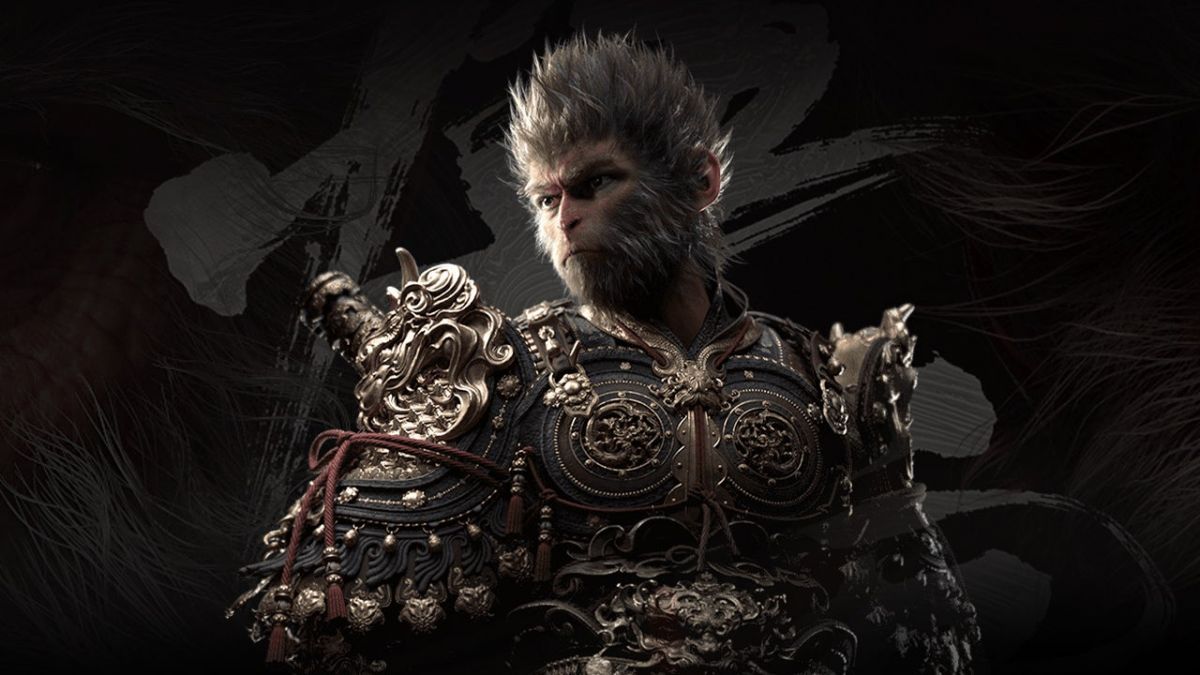
Black Myth: Wukong – A Benchmark of Chinese Games Going Global
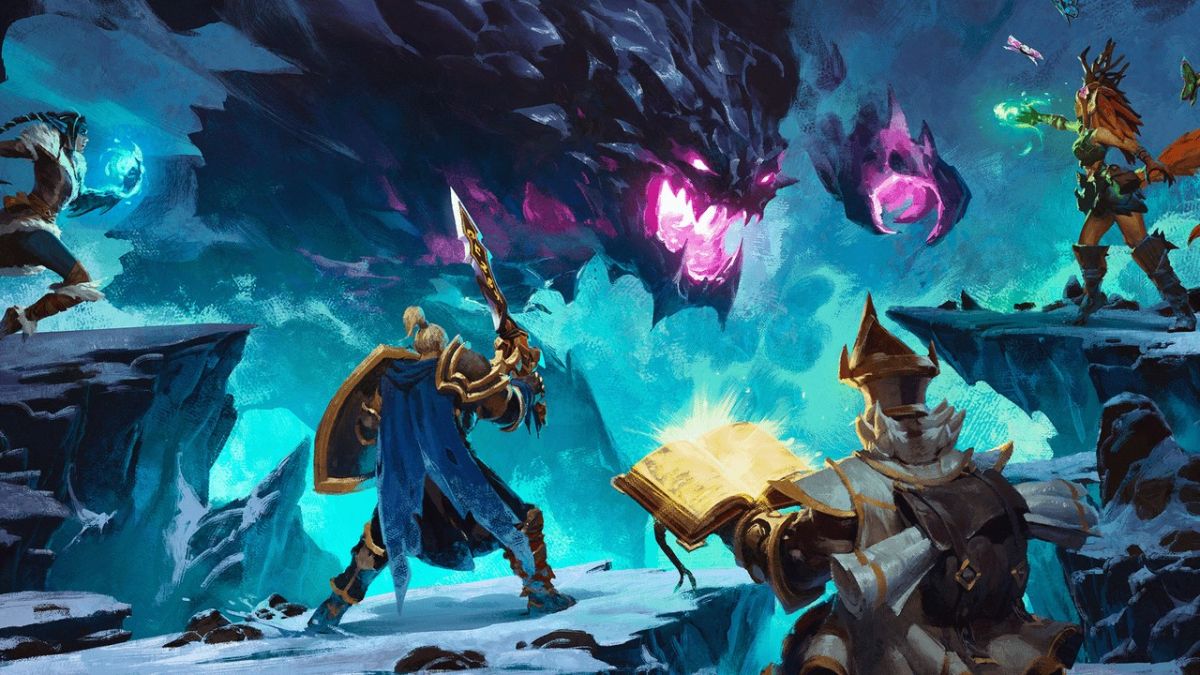
Welcome to Fellowship.The Remodeling MMORPG Dungeon Experience with Surprises Ahead
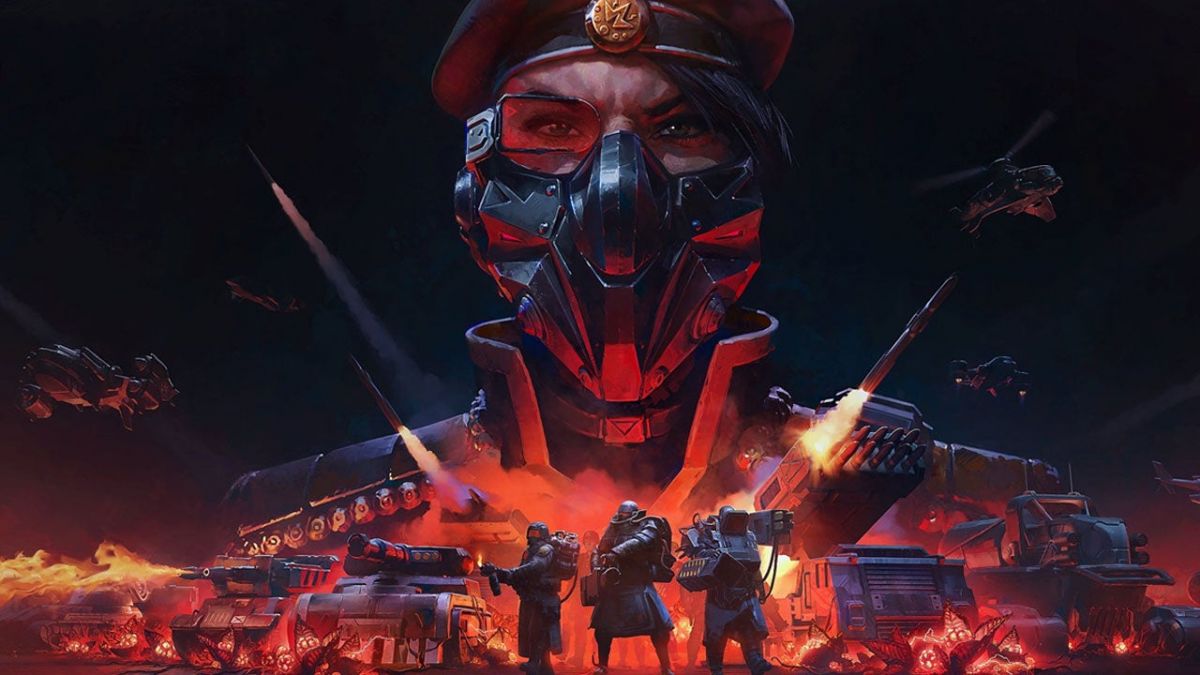
"Tempest Rising" Preview: A Fusion of Classic RTS Spirit and Modern Industrial Aesthetics

Commandos: Origins: The Vanguard of RTT's Revival Journey